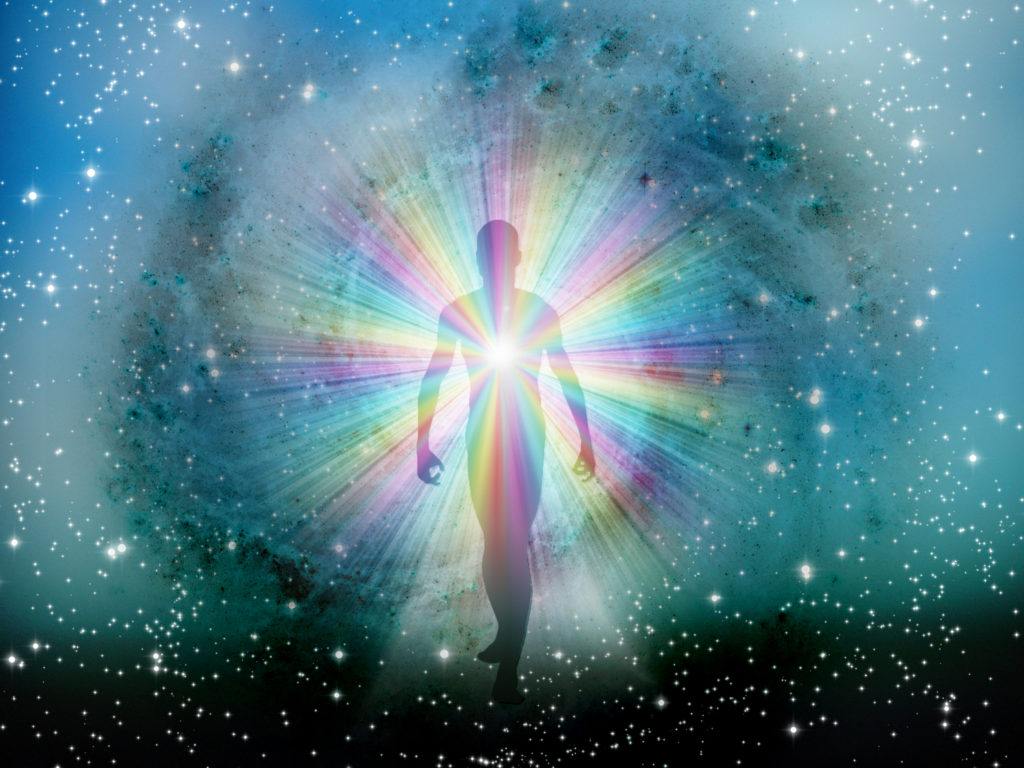
There is little doubt that the psychedelic science renaissance is at its peak. The interest in psychedelics’ hidden potential to treat several human conditions has been growing exponentially in the past few years and gaining robust scientific support. Nonetheless, data on psychedelic effects on the healthy population is largely underrepresented among scientific papers. Learning how psychedelics affect body systems beyond the brain often comes out of research on diseases and their mechanisms.
Strict scientific methodological tools allow the community to test hypotheses accurately and reliably. However, psychedelic research within biomedical disciplines often neglects the ancestral knowledge and the subjective experiences reported by users. Evidence through the years has suggested that psychedelics promote an increase in well-being and data gathered from anecdotal reports is starting to unravel the self-perception of psychedelic benefits.1–3 Although rigorous randomized controlled trials are needed to assess these effects, it should at least motivate young scientists to think out of the box considering the whole-body effects of psychedelics. Meanwhile, it already has much more solid evidence showing that these compounds do not deteriorate a myriad of physical health parameters.4–7
It is true that mental health improvement is currently the most validated feature with regard to psychedelics use and a converging assumption between formal and citizen scientists. Lifetime use of these compounds is reported by people to reduce psychological distress, suicidal planning, and suicide attempt likelihood.8 In the last few years, the accumulation of evidence about positive psychological effects coming from psychedelic experiences and assisted therapies has allowed researchers from the field to compile and critically review these data suggesting advances in well-being, prosocial behaviors, empathy, creativity, personality, values, and mindfulness.9 Especially during the ongoing pandemic crisis, psychedelic use was reported to be associated with positive affect and resilience.10
Taking information from surveys, scientists have observed that people who reported having used a classic psychedelic had lower odds of having a heart condition and/or cancer.11 Data from the US National Survey on Drug Use and Health (2005–2014) showed that psychedelic users (especially of tryptamine compounds) had a decreased chance of developing hypertension.12
Looking at All the Benefits of Psychedelic Drugs
Turning back to human biology, these putative effects can definitely not be ruled out when discussing all the beneficial effects of psychedelics. Looking closer at the distribution of the serotonin receptors throughout the body, almost all subtypes are expressed outside the brain in a wide spectrum of peripheral tissues. More than that, they perform quite leading roles in the gut microbiome and bowel motility, cardiovascular function, respiratory drive, ejaculatory latency, and bladder control.13 Given the remarkably similar structures between classic psychedelics and endogenous serotonin, it is likely that they are also able to bind these receptors with reasonable affinity anywhere within the human body.14
When it comes to the Sigma-1 receptors (a target for the compound DMT, for example), they are conserved evolutionary and expressed in the cells from all human organs.15 With well-described functions in the endocrine system, nervous system, heart, lung, kidney, liver, intestines, and immune system, this receptor is probably a mainstay of psychedelic action in humans. Even dopamine receptors, which are among the ‘brainiest’ of psychedelic targets, are present in the gastrointestinal tract and possibly blood vessels and lungs.16,17
Many people report a psychedelic experience as one of the most meaningful experiences of their lives.18 There is still a missing piece to the full integration of the biological effects of psychedelics and the significance of the psychedelic experience to the whole self. Linking the peripheral effects of psychedelics together with the well-explored brain and behavioral alterations could give valuable answers to this broader comprehension.
Therefore, it is important to consider the possible pharmacological effects that psychedelics may exert in virtually all organs and tissues when they are ingested by humans. This could be an open window for biomedical science to expand its limits outside the brain-neuropsychiatric axis and start to comprehend the magnitude of these powerful molecules on the human body from multiple perspectives. This article series will explore the effects of psychedelics on other physiological systems in the body.

Really interesting, I always wondered how much the psychedelics mental effects are helped by their action on the other parts of the body
Subjectively, I can feel an entire body release after a DMT trip. It almost feels like stress has left the body. However, it may be that whatever communication via the various transmitters, chemokines, cytokines etc. rebalances the overall communication within the body. Somehow this may change and balance the information flow in the body and even tie into Mike Levin’s work.